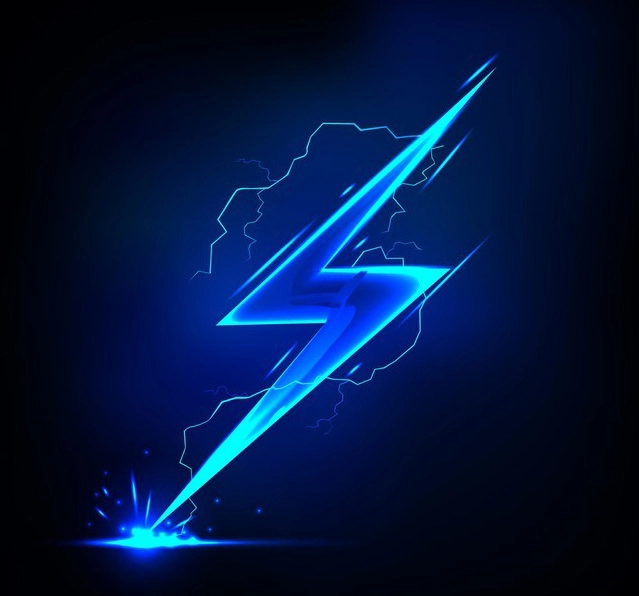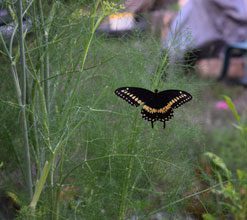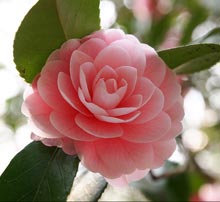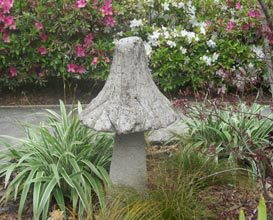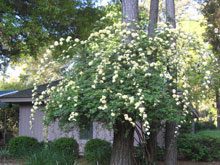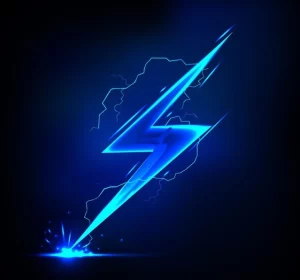 Boy Oh Boy, have we been having great lightning shows the past few weeks! Not only have I been awakened from sound sleeps, the thunderclaps and lightning have chased my dogs, trembling and shaking, into the closet to hide.
Boy Oh Boy, have we been having great lightning shows the past few weeks! Not only have I been awakened from sound sleeps, the thunderclaps and lightning have chased my dogs, trembling and shaking, into the closet to hide.
Being fully awakened, I kinda enjoyed the cracks of lightening that lit up my room like a summer afternoon. The thunder claps made my whole body thrum like the big drums do in a parade, and like the song says, I love a parade!
Unable to fall back asleep, I started musing about thunder and lightning, and the accompanying rainfall, so I decided to do some research. It was difficult to extract myself from the rabbit hole I fell into; there was so much information on the Internet, but a lot of it was way above my pay grade for technical info.
I did find out what thunder and lightning actually are. Lightening is the discharge of electricity built up in the atmosphere caused by the convection of air. Earth and its surrounding atmosphere are like a huge global electric battery – the earth is the negative charge and the atmosphere is the positive, and lightning keeps the atmosphere within the parameters that allow life. The sound of thunder is created by the shockwave which is a result of the 100 million to one billion volts of electricity released into the atmosphere. You can never have thunder without lightning. In fact, without lightning, the earth-atmosphere electrical balance which supports all life would disappear in about 5 minutes. We’d all be toast, along with every living thing.
Just another thing to worry about.
But let’s look at the benefits, too, and they are many.
Plants can’t absorb the nitrogen that is in the air but the heat generated by lightning strikes (up to 50,000 degrees in a millisecond!) converts it into a usable form which is diluted by rain.
You have all probably heard of rain lilies (Zephranthes) which tend to bloom after a heavy rain. That’s because the rain gathers the lightning-converted nitrogen from the atmosphere on its way down and fertilizes both the soil and the plants. Ta Da!!! Free fertilizer! The only thing that gardeners like more than free plants is free fertilizer. We’ll talk more about that later.
The rain saturates the soil, and the plant roots take up the nitrogen along with the water. But wait. There’s more! The rain also fertilizes the above the ground parts of the plant on contact. Makes me want to install a rain barrel tomorrow. In fact, Beaufort County occasionally offers deeply discounted rain barrels, so keep your eyes open.
Rainwater can also contain micro-nutrients like phosphorus, magnesium, potassium, etc. and is usually slightly acidic. It is normally considered to be “soft” and contains none of the chemicals added to tap water to regulate the acidity and to make it safe to drink. Great for washing your hair!
I can’t guarantee that I have all the facts and technical terms absolutely correct, but you get the drift. Right?
When we get the next thunderstorm (maybe tonight), I’ll cuddle with the dogs and think of how grateful all the plants are for their kind of manna from heaven.
Rain should always be welcomed as a gift from above. Unless, of course, it ruins your day at the beach, outdoor weddings and the like, or comes down in quantities that overpower the earth’s ability to absorb it and causes flooding. A growing peril.
Who knew that lightning would have anything to do with gardening? I guess that everything is symbiotic with something!
P.S. A “bolt from the blue” refers to lightning that comes from the far edge of a thunderstorm, often several miles from the rain cloud, so it appears to come from a clear blue sky. Therefore, something unexpected.

